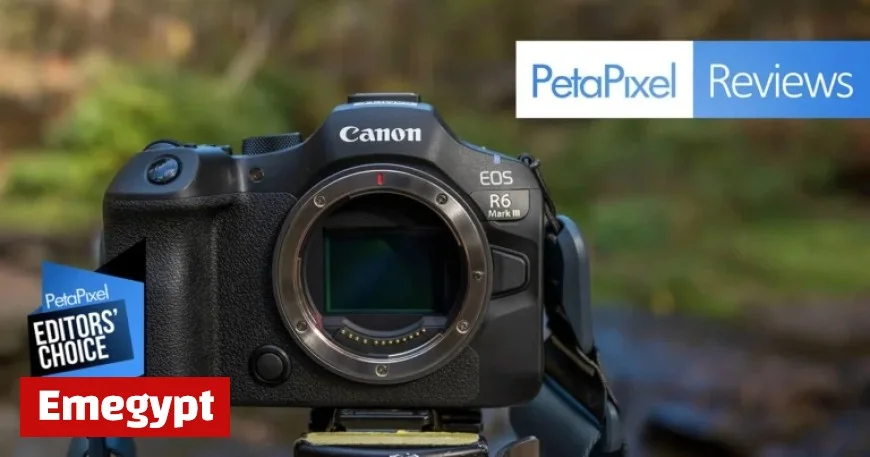Canon EOS R6 III: An Impressive Performance Review

The Canon EOS R6 III has emerged as a versatile camera ideal for a wide range of photographers. It brings significant enhancements over its predecessor while maintaining a familiar design that appeals to enthusiasts. With a new sensor and upgraded features, how does the R6 III stack up against its competitors?
Canon EOS R6 III Features
The EOS R6 III features a 32.5-megapixel full-frame CMOS image sensor, delivering a 34% increase in resolution compared to the earlier R6 II model. An upgraded Dual Pixel CMOS AF autofocus system enhances focusing accuracy and speed, making it an advantageous choice for dynamic shooting scenarios.
Design and Usability
Similar in aesthetics to the R6 II, the R6 III offers a comfortable grip and well-placed controls for ease of use. It includes a 3.69-million-dot electronic viewfinder (EVF) and a fully articulating 3-inch, 1.62-million dot touchscreen, albeit not as high-resolution as some competing models. Canon’s Multi-Function hot shoe provides improved versatility with accessories.
Battery and Memory Specifications
Adopting the newer LP-E6P battery allows for enhanced performance. The R6 III utilizes a CFexpress Type B card alongside a UHS-II SD slot, offering better compatibility and faster read/write speeds for high-speed shooting, including 40 FPS continuous shooting capability.
Performance and Autofocus
With burst shooting speeds of up to 40 FPS using an electronic shutter, the EOS R6 III remains competitive, particularly for action and wildlife photography. The pre-continuous shooting feature captures motion before the shutter is released, allowing photographers to seize moments that may otherwise be missed.
Autofocus Advancements
- Dual Pixel CMOS AF II system for superior autofocus reliability.
- Improved subject detection modes for people, animals, and vehicles.
- Eye-detect autofocus performs well in low-light conditions.
Image Quality and Versatility
The increase to 32.5 megapixels allows for more detailed images, making it easier to crop without sacrificing quality. The new sensor exhibits commendable performance at higher ISOs, ensuring solid image quality in various conditions.
Video Capabilities
The R6 III is not just a photo-first camera; it also excels in video recording. It supports 4K video up to 30 frames per second and offers features such as waveform monitoring and false color assistance during shoots. While it may not match dedicated video cameras like the C50, it presents significant value for hybrid users.
Competitive Landscape
The Canon EOS R6 III competes in a crowded market, standing alongside models like the Nikon Z6 III and Panasonic S1 II. Each competitor has its strengths, but the R6 III combines speed, autofocus performance, and multimedia capabilities effectively.
Pricing and Value
Retailing around $3,000, the R6 III shows itself as a valuable investment for enthusiasts looking for a robust full-frame mirrorless camera. While alternatives like the R6 II are available at a lower price, the enhancements in the R6 III justify the additional cost for most users.
Conclusion
In summary, the Canon EOS R6 III is a well-rounded mirrorless camera that excels in various aspects. While it may not revolutionize its category, it provides reliable performance and versatile features, making it a recommended choice for photographers seeking an upgrade in their toolkit.































